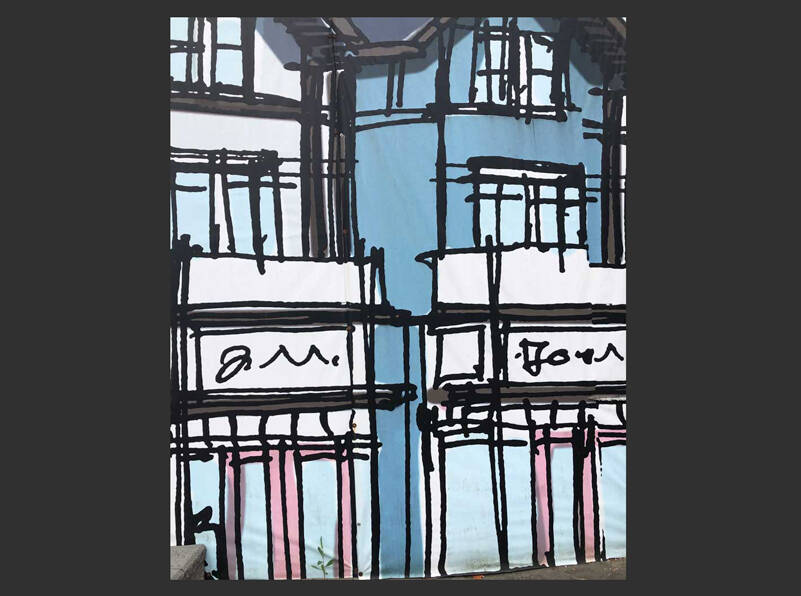By Morf Morford, Tacoma Daily Index
From tiny homes to temporary shelters, housing is taking shape in ways we have rarely seen on the traditional American landscape.
From homes for extended families to individual flats/studios, the standard single-family home is no longer the housing fixture we once thought it was.
From tiny homes to ADUs and 3D printed structures the major questions of where we live, how we build it and how long we stay are being answered in ways few of us could have imagined just a few years ago.
3D printed houses, for example, can be built quicker, cheaper and can make use of a variety of materials from concrete to peat or stone composite materials of various kinds. Most 3D printed houses are relatively custom made, but there is a 3D printed entire neighborhood.
3D printed houses can be elaborate, permanent mansions or they can be immediately available shelters in places of catastrophe.
And it’s not just houses – 3D printing is suitable for all kinds of structures from office buildings to military or government buildings. In some areas some project that 25% of buildings will be built using 3D printing by 2030.
For the most part, 3D printed homes have been primarily purely structural with utilities and finishing touches (like windows) added later. New versions also print utility conduits, siding and drainage pipes, among other things.
When it comes to the pace of construction, most systems are able to print a single wall in between 60 to 90 minutes – in any weather, from snow to deserts.
And in terms of sustainability, many 3D printers use recycled concrete, using debris from demolition sites to create the 3D printable material. This can then be recycled again after the building has been demolished.
Most 3D structures have a usable lifespan about the same as other buildings and are expected to last up to 100 years.
A house that changes as you do
Houses are very strange when you think about them. A house that suits us at one stage of life might not suit us at all at another stage.
A couple might want a small home. With children they might want a larger one. And then an even larger one. And in just a few years, that couple might want a much smaller one.
Most of us literally move at each of those life stages – but what if our house could flex to us? You can check out more on this idea here: www.strongtowns.org/journal/2023/6/1/the-incredible-expanding-and-shrinking-house-a-prototype?.
To put it mildly, this, like every form of housing, is not for everyone. But no one structure or strategy, from condominiums to single-family dwellings works for everyone – or even any one of us over an entire lifespan.
At some points in our lives, renting makes sense and is the most practical, at other times, home ownership is the most practical.
In some of the older neighborhoods of Tacoma, for example, houses were originally built for large families. And then divided into apartments. And then turned into entertainment or work spaces.
For many of us, no matter the size of our home, aging in place and establishing equity are dominating, even nearly universal concerns. How to get there, and how to establish zoning and building codes that work for more and more of us will be a continuing challenge.
From increasing population pressures in many areas to ever more intense and unexpected weather conditions, like smoke and heat, our housing solutions need to be as flexible as the challenges that confront us.





